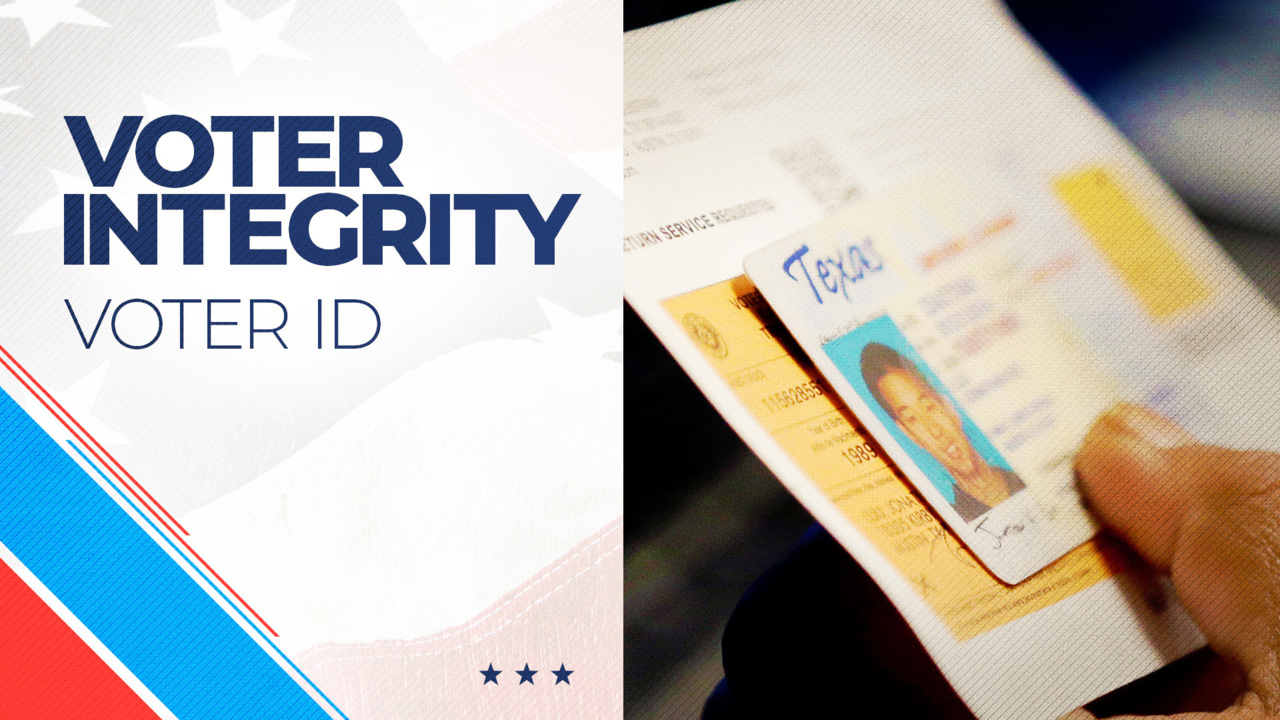
Commentary
-
Our commentary partners will help you reach your own conclusions on complex topics.
There’s an awful lot of debate about voter identification. Some fact, some fiction and a surplus of opinions. But what are the rules surrounding voter ID? Does it impact turnout? This video will explain everything with the help of Straight Arrow News contributor Professor Daron Shaw.
Shaw says: “We certainly don’t have compelling evidence that there’s much to be gained from these requirements.”
35 states have voter Identification requirements. They fall into two categories: Photo ID vs. non-photo ID and strict enforcement vs. non-strict.
Here’s a breakdown: 17 states require a photo ID, 18 states a non-photo ID- which includes bank statements, utility bills or other official documents. 11 states have strict enforcement – meaning voters who don’t have an ID cast a provisional ballot and then have to come back with the approved documents. 24 states have non-strict enforcement – meaning voters can vote as long as they sign an affidavit…or an election official can verify their information.
The type of ID and level of enforcement varies. A state can strictly enforce non-photo IDs like Ohio, or have non-strict enforcement of photo ID’s like South Dakota.
Shaw says: “whatever you’ve heard about voter identification requirements. And a lot of it is concentrated on strict enforcement of photo requirements. In fact if you look at that category, photo ID strict interpretation, you’ve got Arkansas, Georgia, indiana, Kansas, Mississippi, Tennessee, and Wisconsin.”
The big question is – does Voter ID impact turnout?
Shaw says: “There’s a little bit of evidence that once these rules are tightened, it can have a little bit of a diminution or decrease in voter turnout. But it’s not clear that it lasts more than one election.”
Data from MIT shows turnout varies in states with strict voter ID laws. Wisconsin has the 4th highest participation in the country. Georgia is right in the middle at 25th. But Mississippi, Tennessee, and Arkansas are among the worst.
Shaw says: “It’s also the case that turnout in the United states has been rising. So rules changes are swamped by the interest level and the psychology of the electorate which has really increased turnout.
But it remains to be seen if voter i-d laws disproportionately impact a certain demographic or political party.
Shaw says: “We just haven’t had these rules in place for a significant enough period of time and we haven’t had them in a sufficient number of states to see anything conclusive.”
To learn more about voting in America, keep watching our series on youtube or straightarrownews.com.
-
Campaign finance: Money and politics’ relationship gets stronger
Money and politics go hand in hand and the totals going back to 2008 reveal the relationship is only growing stronger. In 2020, spending in federal elections totaled $14.4 billion. It’s been increasing for more than a decade: 2016: $6.5 billion 2012: $6.3 billion 2008: $5.3 billion Does money drive election results? Empirical analysis shows… -
Electing our leaders: How election systems differ around the world
Free and fair elections are the foundation of democratic societies. But not all elections are the same. There are two main types of election systems: single member, simple plurality, or SMSP, and proportional representation. This article will explain how they both work and how they correspond to elections in the United States and around the… -
How voter registration works across the United States
When U.S. citizens want to exercise their right to vote in America, they must first register. But the rules and requirements vary from state to state. “It’s important to remember that we do not register nationally in the United States. Rather we register at the level of the county,” Professor Daron Shaw said. Why are… -
Same day, automatic registrations simplify voting in America
Voting in the United States is largely a two-step process. First you register, then you vote. But two options make voting a one-step process: same day registration and automatic registration. “The United States is somewhat distinct compared to other democracies in that we require voters for the most part to register prior to election day…
Latest Stories
-
 Getty Images
Getty Images
US changes course, pauses tariffs for all USMCA goods until April 2
-
 AP Images
AP Images
More than half of global fossil fuel-related CO2 emissions linked to 36 companies
-
 Getty Images
Getty Images
Zelenskyy foes met with Trump camp, oppose wartime election: Report
-
 Getty Images
Getty Images
Trump preparing to sign executive order to begin closing Department of Education
-
 Getty Images
Getty Images
Fake bomb threat called during Pro-Palestinian protest at Barnard College
Popular Opinions
-
In addition to the facts, we believe it’s vital to hear perspectives from all sides of the political spectrum.
Latest Opinions
In addition to the facts, we believe it’s vital to hear perspectives from all sides of the political spectrum. We hope these different voices will help you reach your own conclusions.
The opinions published in this section are solely those of the contributors and do not reflect the views of Straight Arrow News.

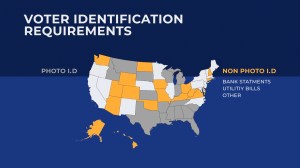
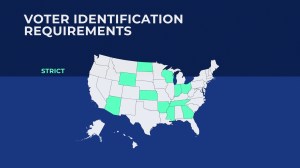
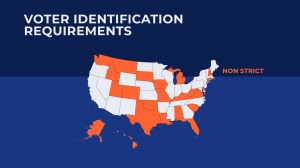
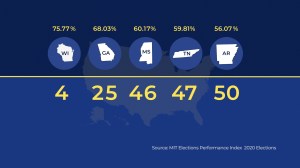 Data from MIT shows turnout varies in states with strict voter ID laws. Wisconsin has the 4th highest participation in the country, Georgia is right in the middle at 25th, while Mississippi, Tennessee, and Arkansas are among the worst.
Data from MIT shows turnout varies in states with strict voter ID laws. Wisconsin has the 4th highest participation in the country, Georgia is right in the middle at 25th, while Mississippi, Tennessee, and Arkansas are among the worst. 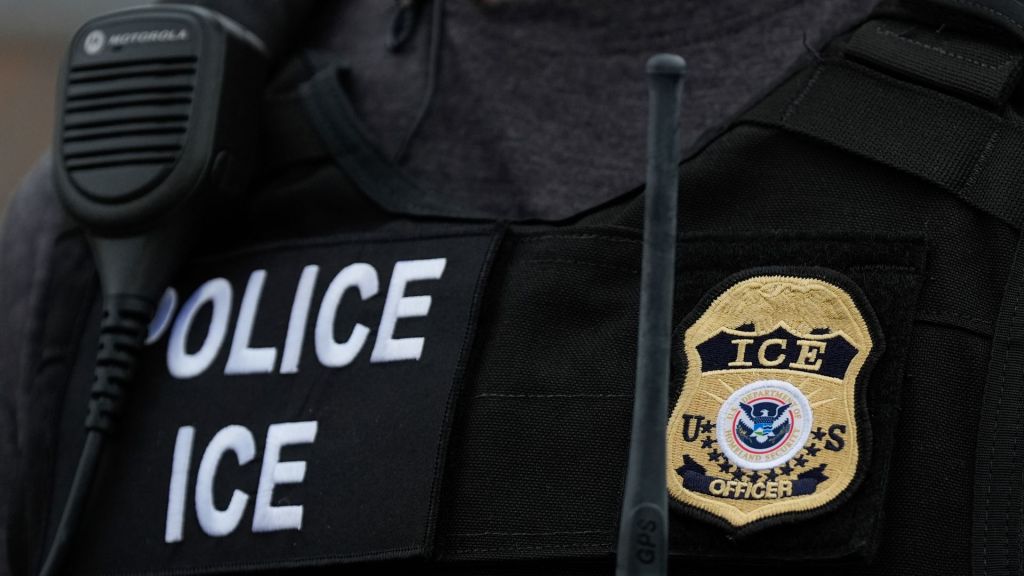



















Latest Commentary
We know it is important to hear from a diverse range of observers on the complex topics we face and believe our commentary partners will help you reach your own conclusions.
The commentaries published in this section are solely those of the contributors and do not reflect the views of Straight Arrow News.
Dr. Frank Luntz
Pollster and Political Analyst‘Biased’: What Americans think of ‘mainstream media’
‘Getting rid of them’: Americans discuss Trump and immigration
‘Woke’: Why some Biden 2020 voters backed Trump in 2024